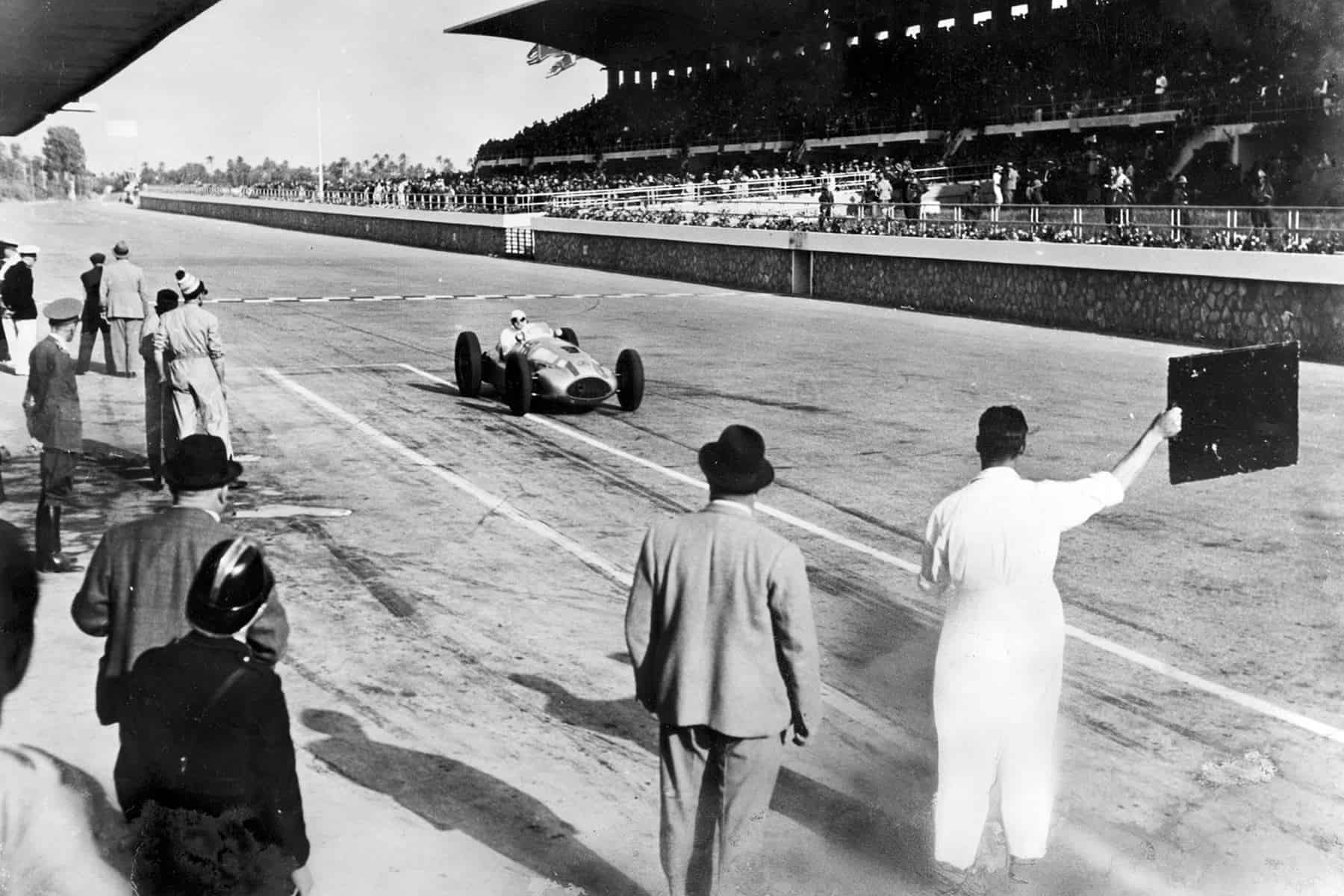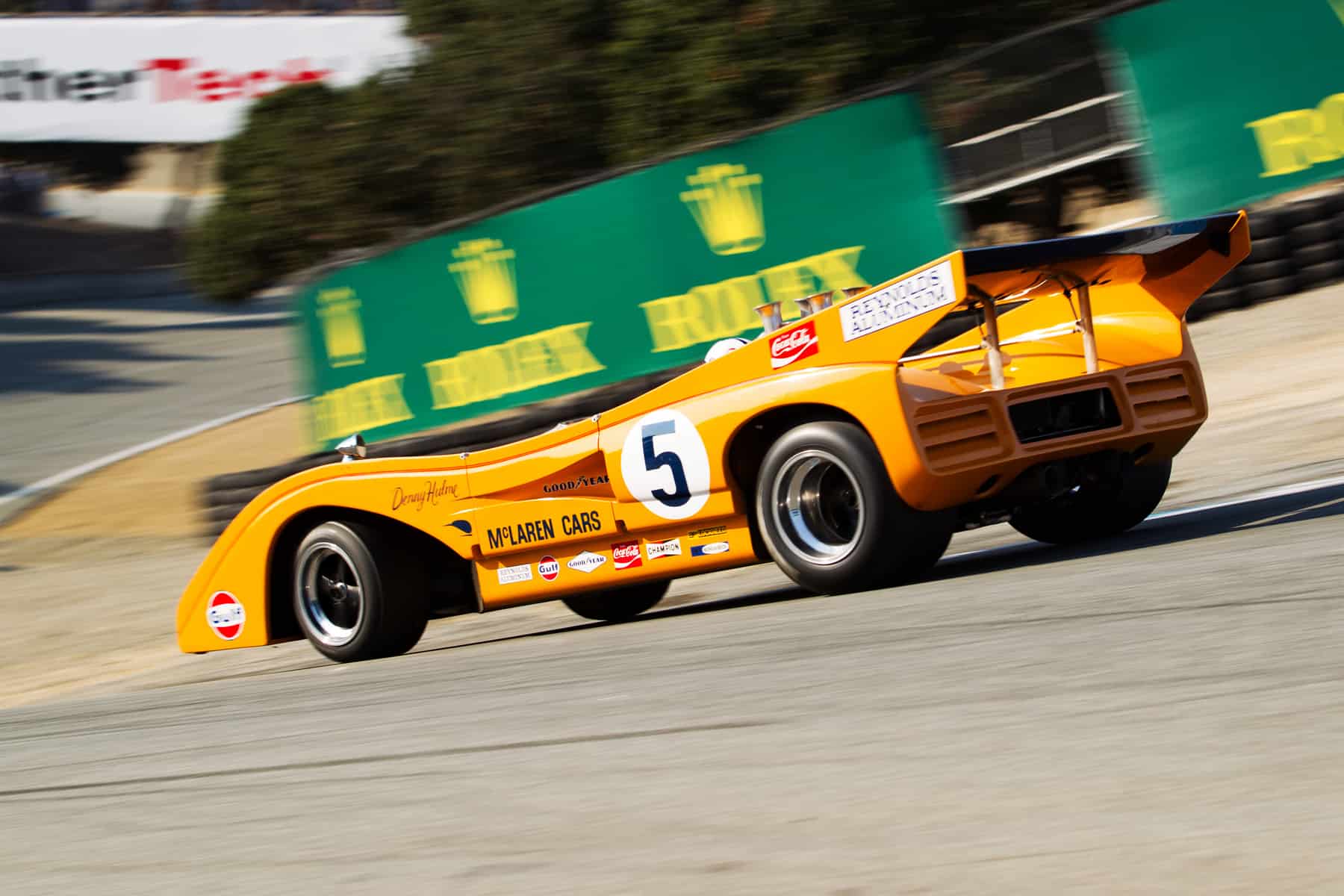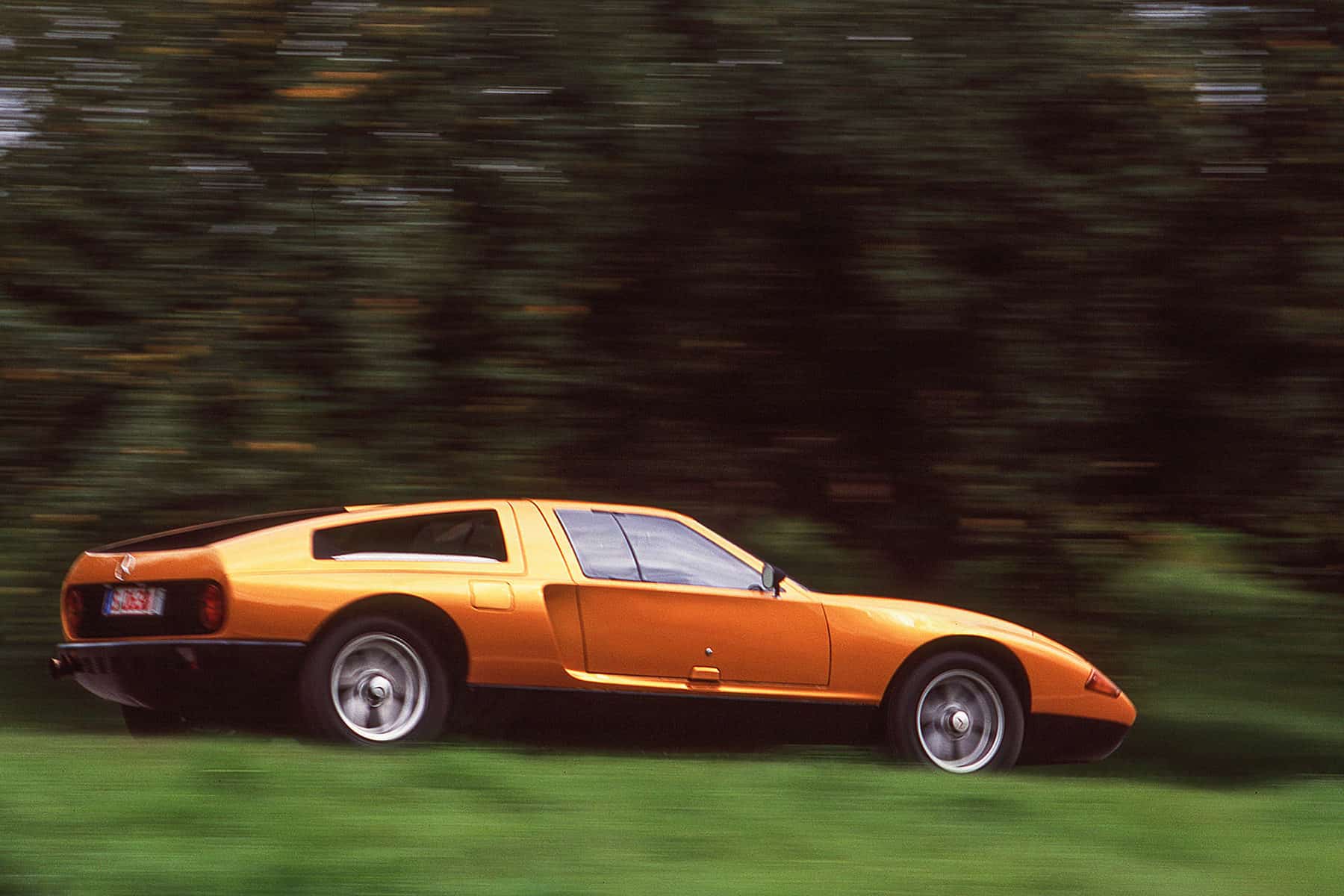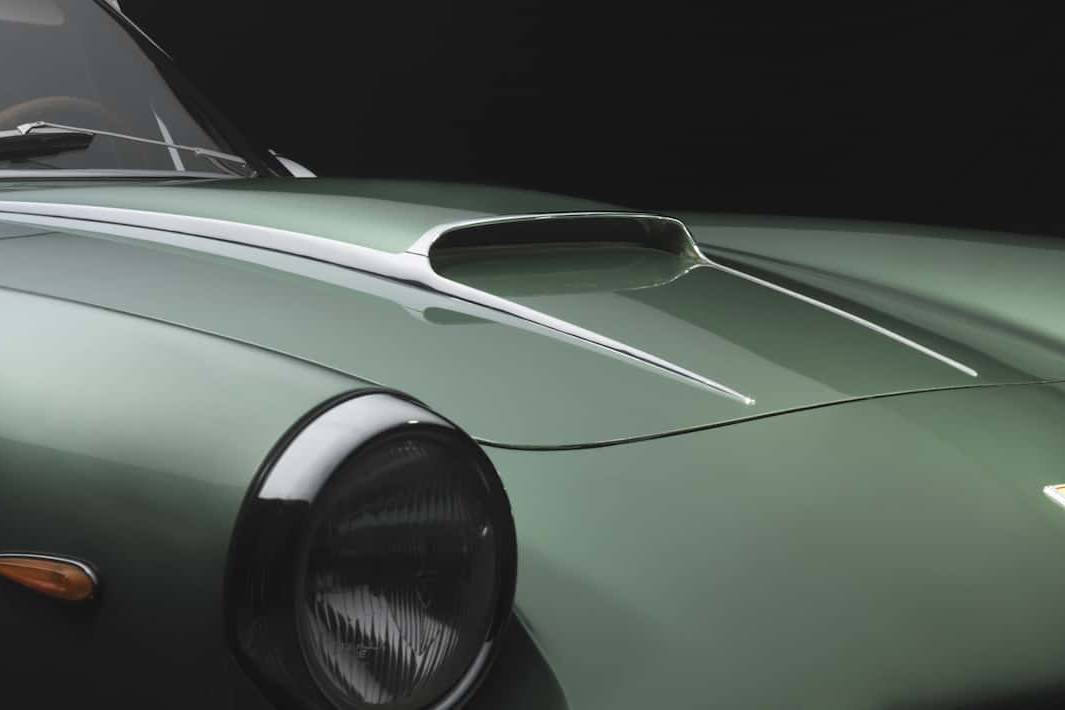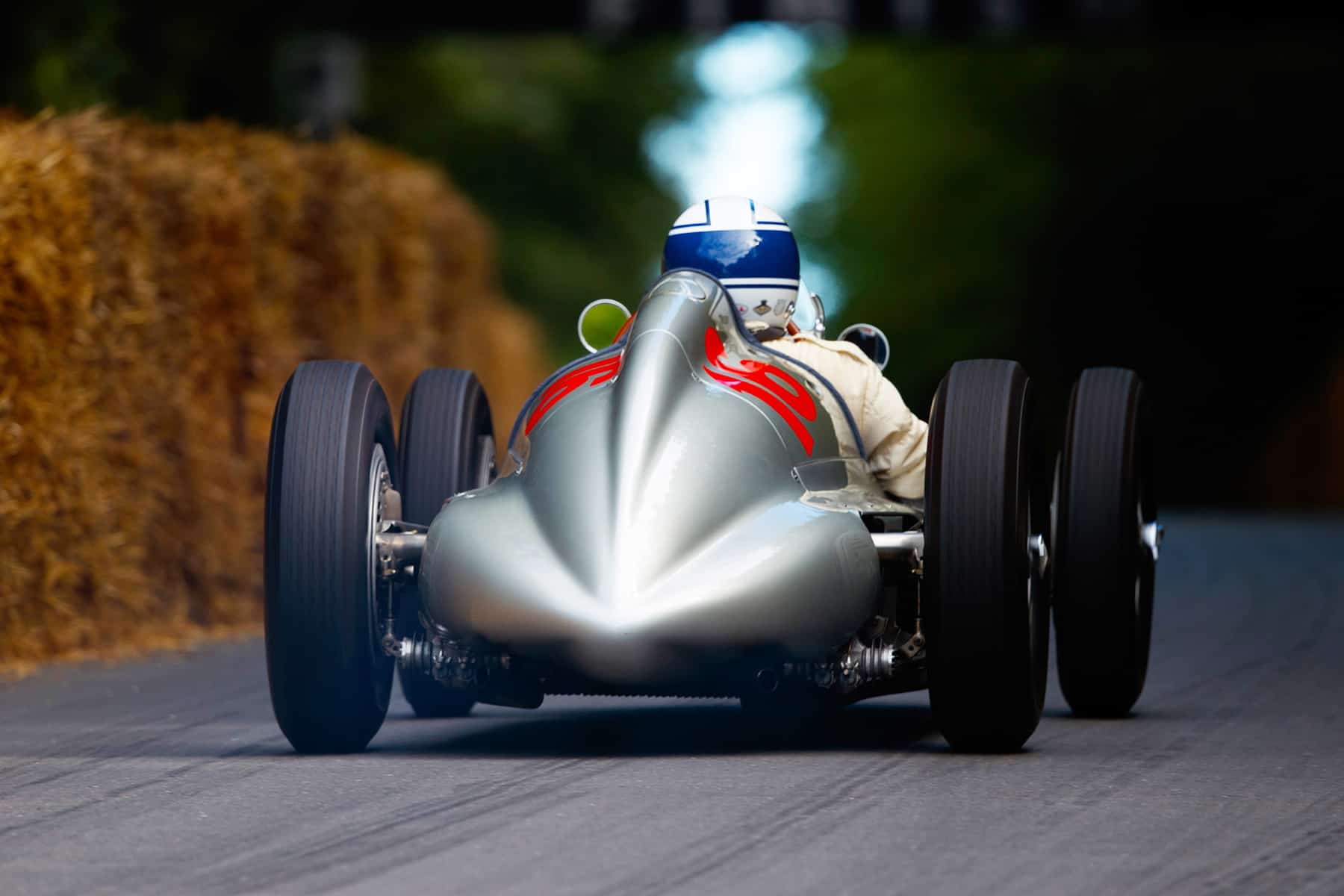
Mercedes-Benz W165
The little car that could – and did
BY: WOUTER MELISSEN
When Formula 1 racing returns, it is likely that the Mercedes-Benz Grand Prix team will continue their six-season stronghold on the sport. The current spell of Mercedes-Benz domination that started in 2014 coincided with the last major change to the regulations for races. Since then, due to the relatively limited scope for development baked into the regulations, other teams have failed to catch up and the Mercedes-Benz team has won the Drivers’ and Constructors’ World Championships every year.
This is not the first time that Mercedes-Benz has been dominant in Grand Prix racing. The 1954 and 1955 seasons, with Juan Manuel Fangio behind the wheel, come to mind as a period of similar dominance. And the German manufacturer was even more successful during the 1930s.
In the years leading up to World War II, the administration of racing was driven by intense nationalist considerations. In an attempt to defeat the powerful German Grand Prix racing teams, the Italian motorsport federation took the desperate step of unilaterally changing the regulations for races run on Italian soil. The change meant that in 1939 the prestigious Tripoli Grand Prix was not run for the full-fledged Grand Prix but for voiturette cars. French for “small car,” the voiturette class was what would be Formula 2 or Indy Lights today. Coincidentally – or not – Alfa Romeo and Maserati had brand new voiturette cars ready to go, while Mercedes-Benz and fellow Germans, Auto Union, focused on Grand Prix cars only.

Keen to score another Tripoli Grand Prix win, Mercedes-Benz set about developing a voiturette racer effectively from scratch and less than six months before the start of the race.
The Grand Prix regulations that would, or perhaps, should have been used for the 1939 Tripoli Grand Prix were introduced at the start of the 1938 season. The main elements were a displacement limit of three liters for a supercharged engine and a minimum weight of 750 kg. At the same time, the voiturette class was introduced, which allowed forced induction engines of up to one-and-a-half liters.

For the 1938 season, Mercedes-Benz Grand Prix built a car known as the W154, built with the expectation that it would be developed further the following year. It was powered by a V12 engine that produced a staggering 474 bhp when fitted with a two-stage supercharger. In 1938, it won six of the nine races it started. The might of the “Silver Arrows” was the result of a virtually limitless budget, illustrated by the fact that no fewer than 14 cars and 19 engines were built for only nine races that the W154 competed in.
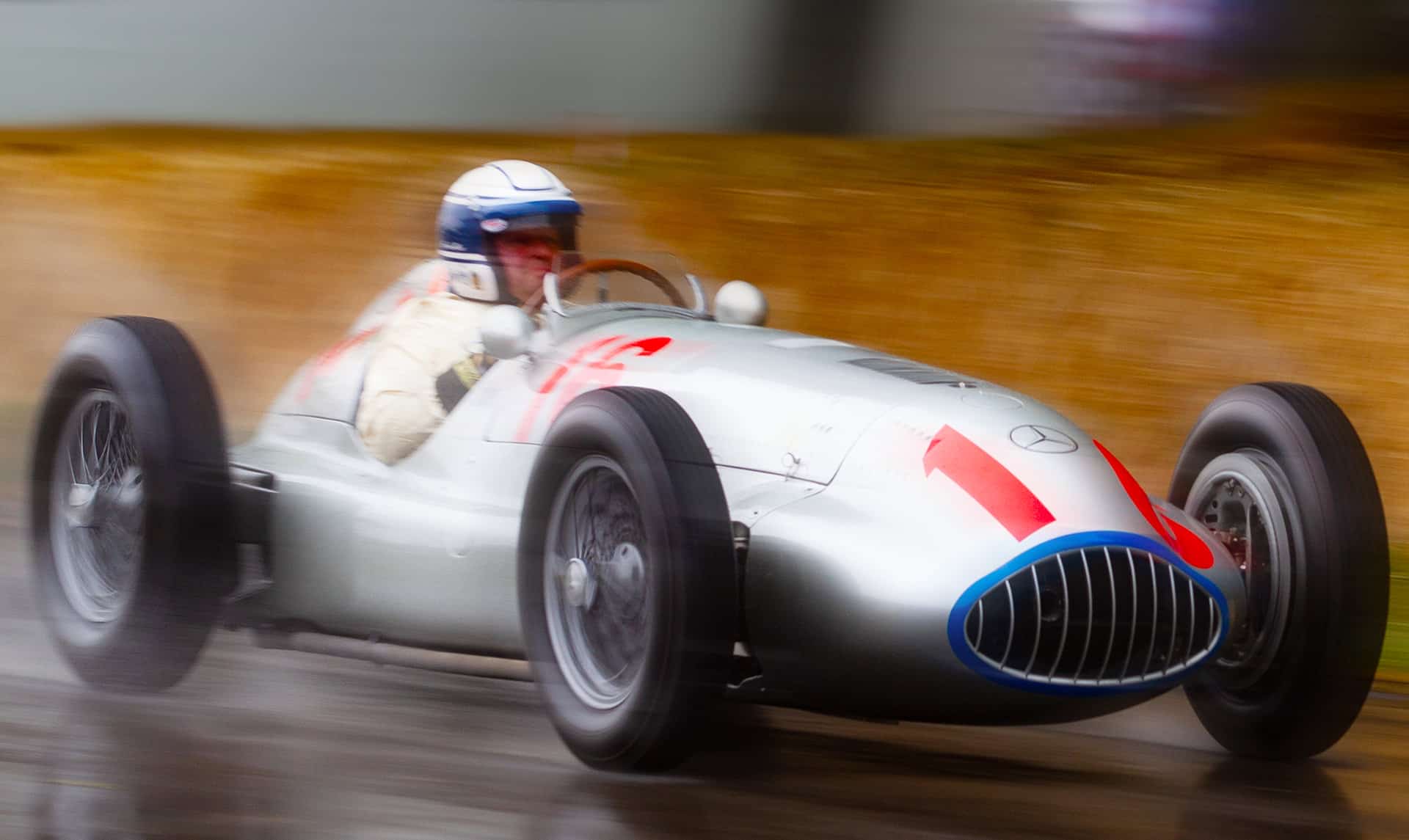
It was also owing to this vast budget that Mercedes-Benz could even consider designing and building a brand new car just for the 1939 Tripoli Grand Prix, let alone in less than eight months. Due to the massive difference in engine sizes, it was simply not an option to downsize the existing W154, so chief designer, Rudolph von Uhlenhaut, had to start virtually from scratch. It should also be noted that the race was not part of any championship, so really the main thing on the line were bragging rights for one of the two fascist governments.
Although no two parts were interchangeable, the new W165 voiturette racer was clearly inspired by its much larger brother, as it was effectively a 4/5th scale version of the Grand Prix car. Like the W154, it was built around an oval-tube frame that had five cross-members for rigidity. Suspension was fully independent, with double wishbones at the front and a DeDion rear axle. Hydraulic brakes were fitted on all four corners, which featured centrifugally cooled, light-alloy drums. The aluminium bodywork followed the same lines as that of the W154 with an oval shaped grille in the nose.

What really set the car apart was the purpose-built M164 V8 engine. To withstand the incredible forces inside the engine, the steel cylinders and heads were welded together. Inside the sophisticated heads were double overhead camshafts that were driven by gears from the crankshaft. Two superchargers, each with their own Solex carburettor, were fitted at the front of the engine. Capable of running up to 9,000 rpm, the all-new V8 produced a very impressive 254 bhp at 8,000 rpm. Mated to a five-speed gearbox, it was mounted at an angle in the chassis, so the prop-shaft could run alongside the driver. This allowed the seat to be mounted lower in the chassis.
Less than a month before the race was due to start, the first W165 was ready for testing. The test was run at the Hockenheimring and the results were sufficiently convincing for the entry in the Tripoli Grand Prix to be actually filed. Papers were submitted for two cars with Rudolf Caracciola and 1938 winner Herrmann Lang due to drive. Getting both cars ready in time proved to be a challenge and some reports suggest that work on the second W165 was actually completed on the boat trip across the Mediterranean to the Italian colony. Whatever actually happened, the fact of the matter was that Mercedes-Benz had designed and produced a top-level racing car in less than eight months.
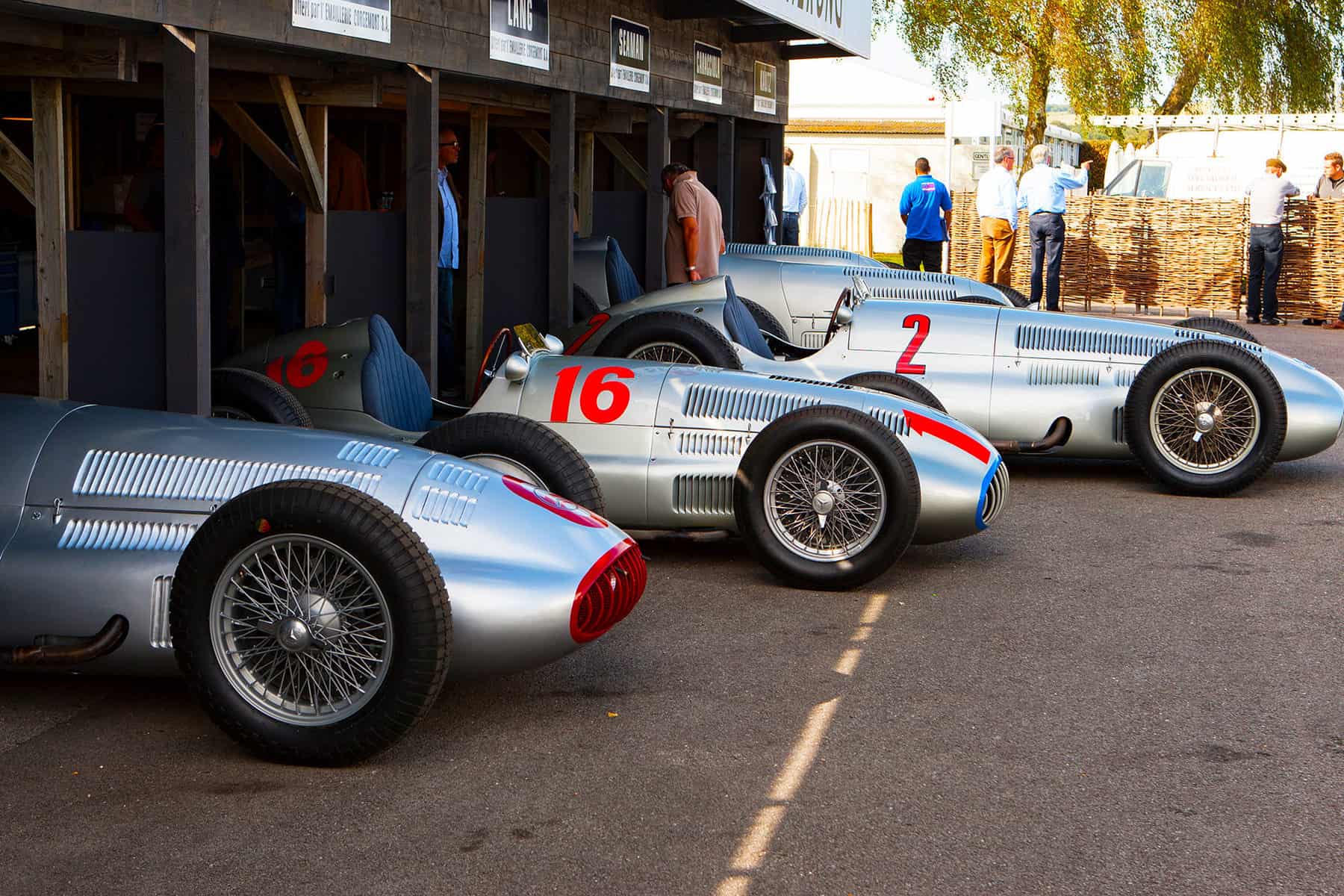
Thirty cars were entered in the Tripoli Grand Prix and all but the two Silver Arrows were painted red. During practice, Lang and Caracciola sampled both cars to determine which was the better car. The two German drivers clearly had their work cut out as Luigi Villoresi, in a Maserati, set the fastest time of all. The worried Mercedes-Benz team instructed Lang to go as fast as he could during the race in an attempt to force the rivals to show their hand. Caracciola, in what was determined to be the better car, was told to run a more conservative pace and then pick up the pieces. The German team need not have worried as Lang and Caracciola finished first and second. The fastest of the Italian cars crossed the line a full four minutes later.
There were wild speculations about where the W165s would race again but the V8-engined machine’s career was cut short by the outbreak of the war. When peace returned to the world, Caracciola was invited by Tony Hulman to race a W165 in the 1946 Indy 500 but Swiss customs refused to release the car. With very few three-liter Grand Prix cars readily available, the voiturette class was elevated to become the Grand Prix category from 1947 onwards. That meant that the W165 would also have been eligible to take part in the first Formula 1 seasons but, for obvious reasons, a Mercedes-Benz factory effort was out of the question during the late 1940s and early 1950s. By 1951, there was talk of the W165 being pressed back into service but a rule change rendered all the pre-war voiturette racers obsolete for Grand Prix racing.

While two W165s raced in the type’s single outing, it is believed that the Mercedes-Benz factory actually completed four cars. The Tripoli Grand Prix winning car was one of two hidden away at the Swiss distributor in Zurich during the War. Presumably, Caracciola planned to race one of these in the 1946 Indy 500. They were eventually returned to Mercedes-Benz in Stuttgart where they lingered in the museum collection for nearly 50 years. It was an invitation from the Duke of Richmond to demonstrate the Tripoli Grand Prix winner at the 1995 Goodwood Festival of Speed that prompted the two cars to be restored. Lang’s winning car has since been shown and run at select events, while the ex-Caracciola machine was placed on permanent display in the Mercedes-Benz Museum.
